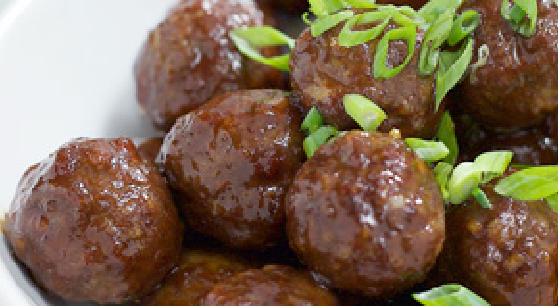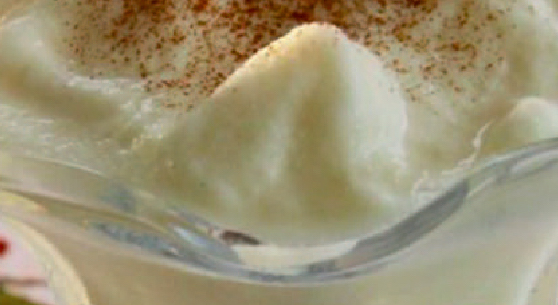Geriatric horses, the same as people, tend to have more trouble handling cold weather as they grow older. Practicing proper winter care is essential for the health of the horse. It is not uncommon for horses over 20 to have difficulty staying warm and holding their weight. The older horse tends to have more arthritis, which can also lead to them being less mobile. Owners need to really focus on horse feeding and horse blanketing during winter months.
In cold weather, the utilization of feed is necessary to stay warm. Only a few short minutes after eating a meal, the horse’s digestive processes start to generate body heat. Calories not immediately converted to energy are stored as fat, which helps to insulate against the cold.
Forage, such as hay, is metabolized more slowly than grain, ultimately making it a better source of heat production than grain. The hay needs to be of good quality. Fibrous, stemmed hay is not digested well, making it essentially useless in helping a horse gain body condition or stay warm. Horses that have access to hay all night long are going to be much more comfortable than ones that just get a flake or two gone by dark.
The majority of owners underestimate the amount of calories an older horse needs in winter months. If they don’t take in enough calories, they can get caught in a self-perpetuating weight-loss cycle. If they cannot maintain body weight, they become colder and use more energy to stay arm, thus making them even thinner, which then makes them more susceptible to illness.
Blanket or don’t? It is not a yes or no question. Most horses with a full winter coat are protected well into sub-zero temperatures; however, blankets can be an integral part of maintaining an older horse’s health during the winter.
As a general rule, horses over 20 need a blanket when temperatures drop below 40 degrees Fahrenheit. A 22-year-old horse in good shape may not, but it’s 8-year-old pasture mate in poor condition certainly does. If you are unsure about blanketing, watch your horse for signs it’s cold. The most immediate and obvious sign is shivering.
Pay attention to more than just ambient temperatures. Rain, wind, snow, and sleet can all play a role in whether to blanket or not. It is wise to invest in a couple of blankets of different weights. Too heavy and your horse may begin to sweat, which can quickly lead to dangerous chills. No one style or type is best for older horses, but proper fit is critical to ensure the safety of your horse, as well as the longevity of your blanket. Take blankets off daily and inspect your horse’s hair coat for signs of hair loss, infection, or pressure sores.
If you have any questions, contact your veterinarian or your local county extension agent. They both can be a great resource about how to take care of your old guy or gal.
On a side note, this is the season of being thankful and of giving; I hope you and I will first take time this season to thank God for the blessings He has bestowed upon our country and our families. Also, may we take the blinders off that allow us to only see what is in front of us and look around to see people who are hurting. My prayer is we all realize God has us here for a purpose and we fervently seek what that purpose is. Merry Christmas to you all and God Bless you and your families!!!



